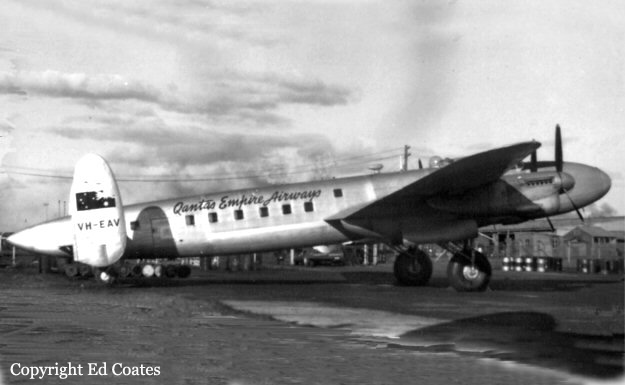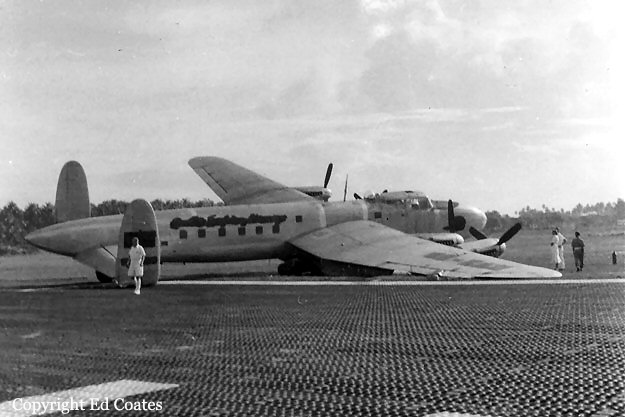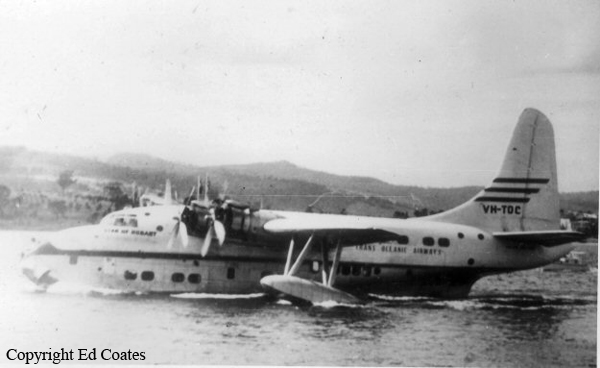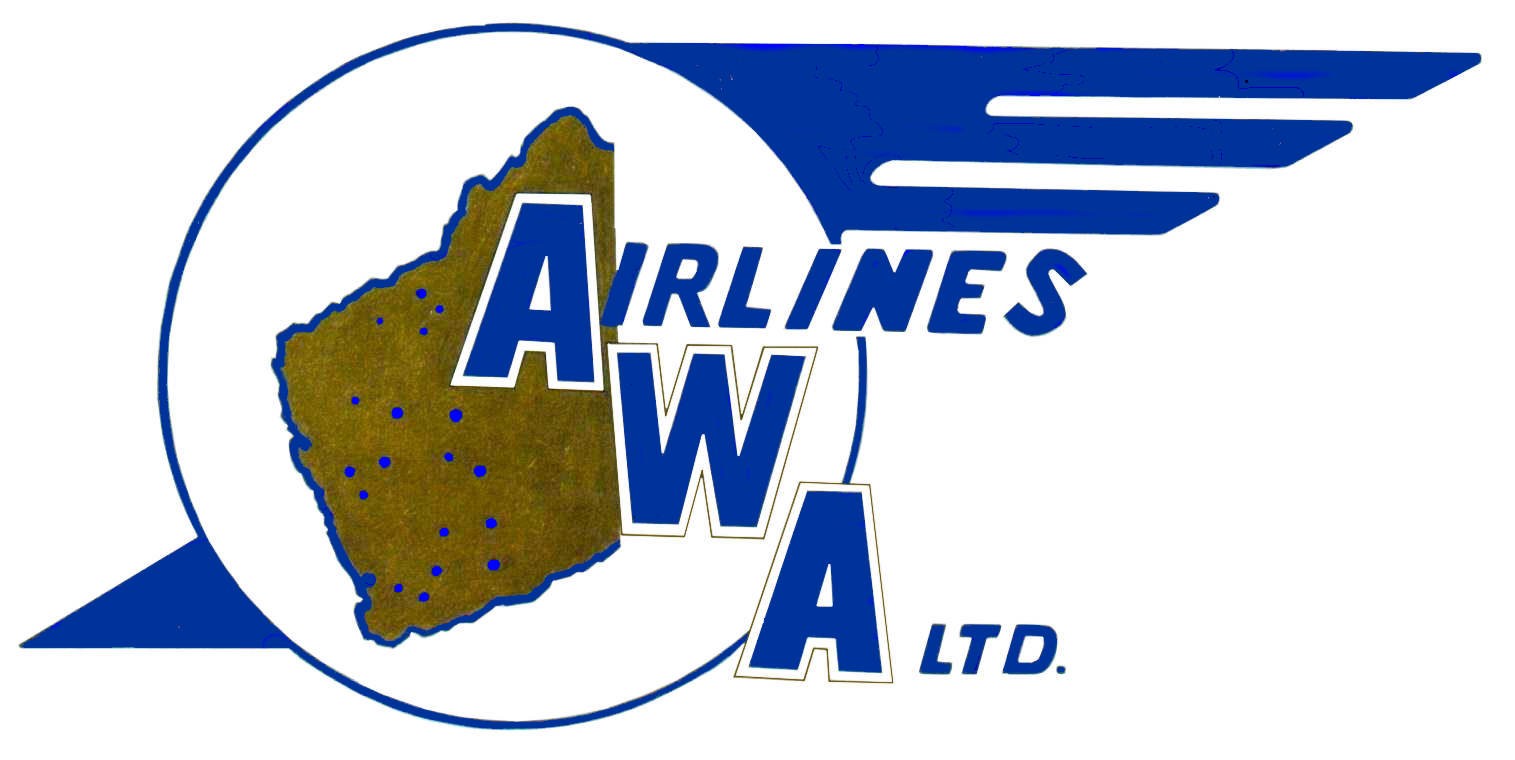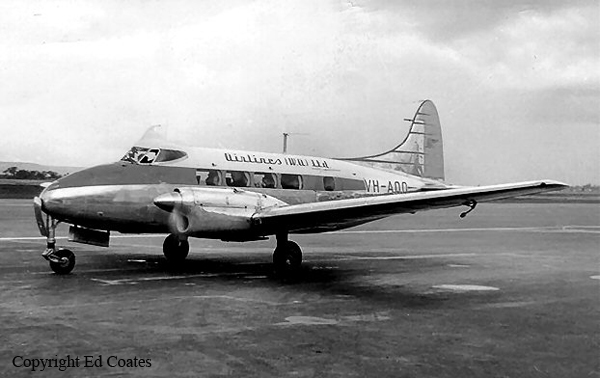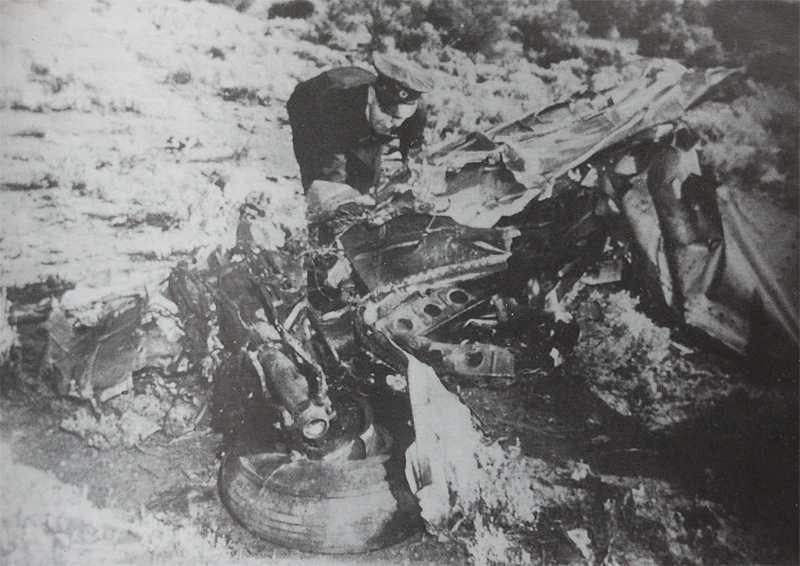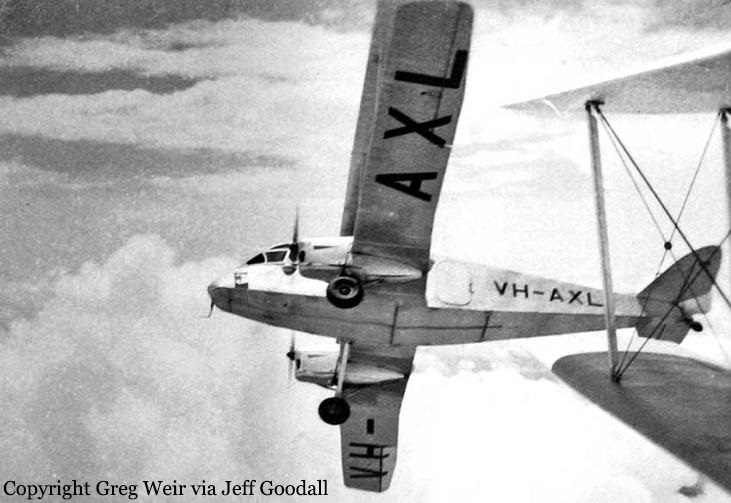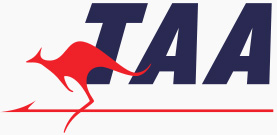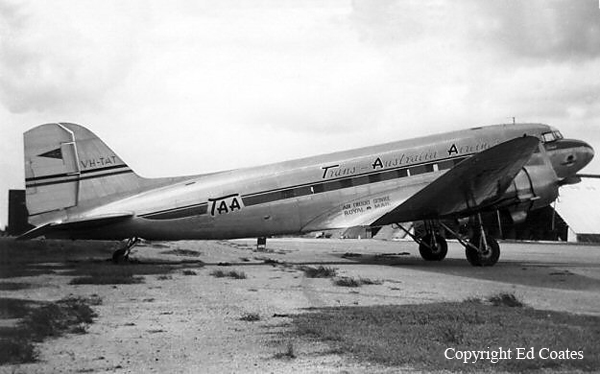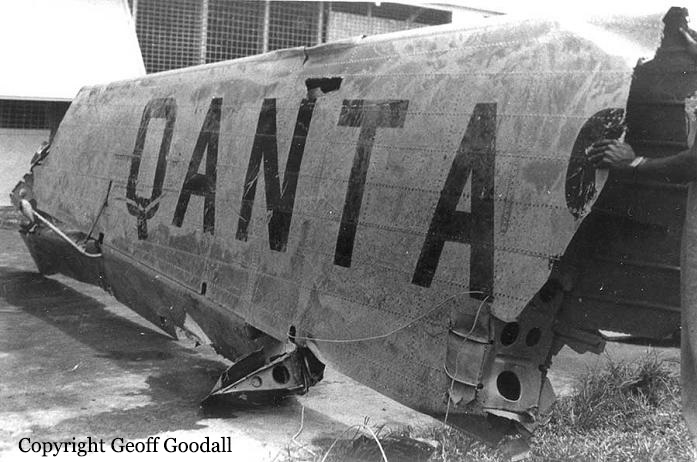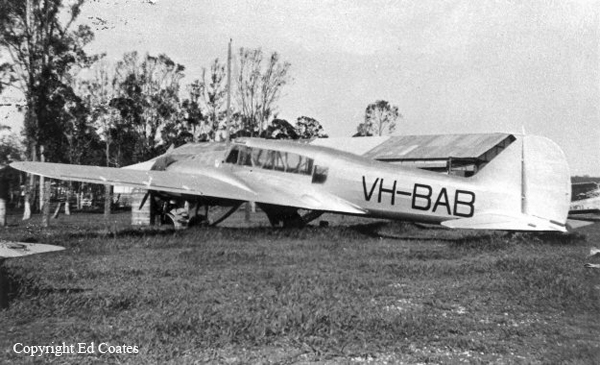Crash of a De Havilland DH.89 Dragon Rapide off Cairns: 1 killed
Date & Time:
Nov 27, 1951
Registration:
VH-CFA
Survivors:
Yes
Schedule:
Vanrook – Cairns
MSN:
6814
YOM:
1944
Crew on board:
1
Crew fatalities:
Pax on board:
3
Pax fatalities:
Other fatalities:
Total fatalities:
1
Circumstances:
The aircraft was returning to Cairns from am ambulance flight to Vanrook Station bringing a seriously injured stockman to Cairns Base Hospital. The aircraft had no radio navigation aids and the pilot was unable to locate Cairns due to thick smoke from the annual sugar cane burn-off by farmers. When fuel was low, the pilot decided to ditch the aircraft in the sea, about 24 km (15 miles) north of Cairns. They were unable to drag the unconscious patient from the aircraft before the Rapide immediately sank. The three survivors swam to shore and reached a beach after six hours in the water.
Crew:
Cpt Neville Hicks, pilot.
Passengers:
Keith Howard, ambulance officer,
Larry Hansen, friend of the injured man 1.
Source:
http://www.goodall.com.au/australian-aviation/dh89/dh89.htm
Crew:
Cpt Neville Hicks, pilot.
Passengers:
Keith Howard, ambulance officer,
Larry Hansen, friend of the injured man 1.
Source:
http://www.goodall.com.au/australian-aviation/dh89/dh89.htm
Probable cause:
Fuel exhaustion.


